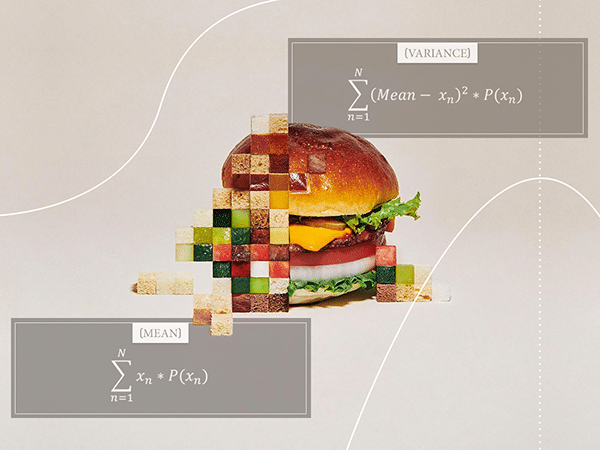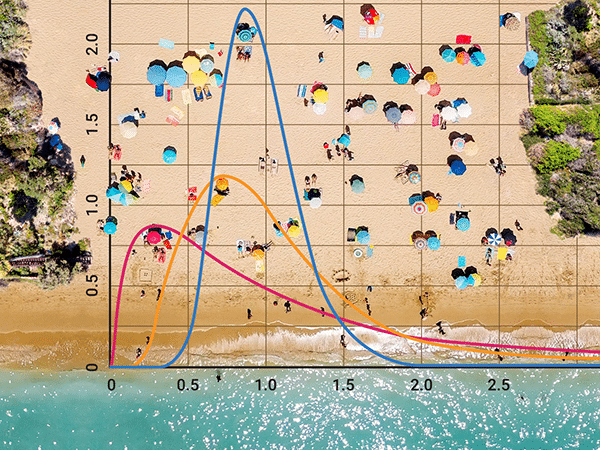
In my previous post I introduced you to probability distributions.
In short, a probability distribution is simply taking the whole probability mass of a random variable and distributing it across its possible outcomes. Since every random variable has a total probability mass equal to 1, this just means splitting the number 1 into parts and assigning each part to some element of the variable’s sample space (informally speaking).
In this post I want to dig a little deeper into probability distributions and explore some of their properties. Namely, I want to talk about the measures of central tendency (the mean) and dispersion (the variance) of a probability distribution.
[Read more…]
 A few posts ago I introduced you to the “three M’s” of statistics — the concepts of
A few posts ago I introduced you to the “three M’s” of statistics — the concepts of 

